Online Store
GIFT SUGGESTIONS
View our products in our catalog
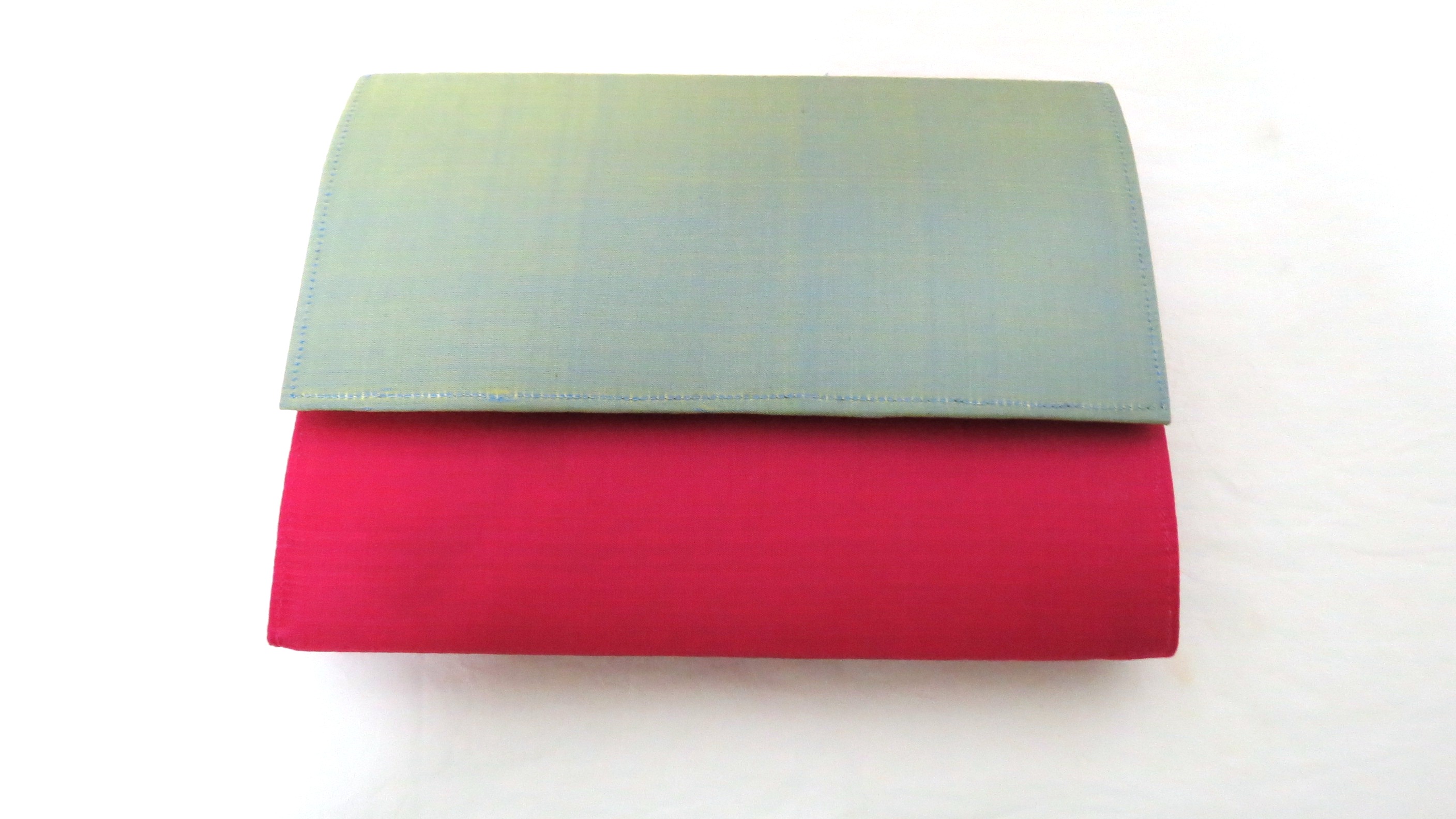
HB-113a2 Colour Clutch Bag |

HB-113b1 Colour Clutch Bag |

HW-9TSilk Organza Shade Large With Tassle |

HW-8TSilk Organza Shade Medium With Tassle |

HW-7TSilk Organza Shade Small With Tassle |

SC-8IIkat with Piping |

SC-8TSilk with Piping & Tassle |
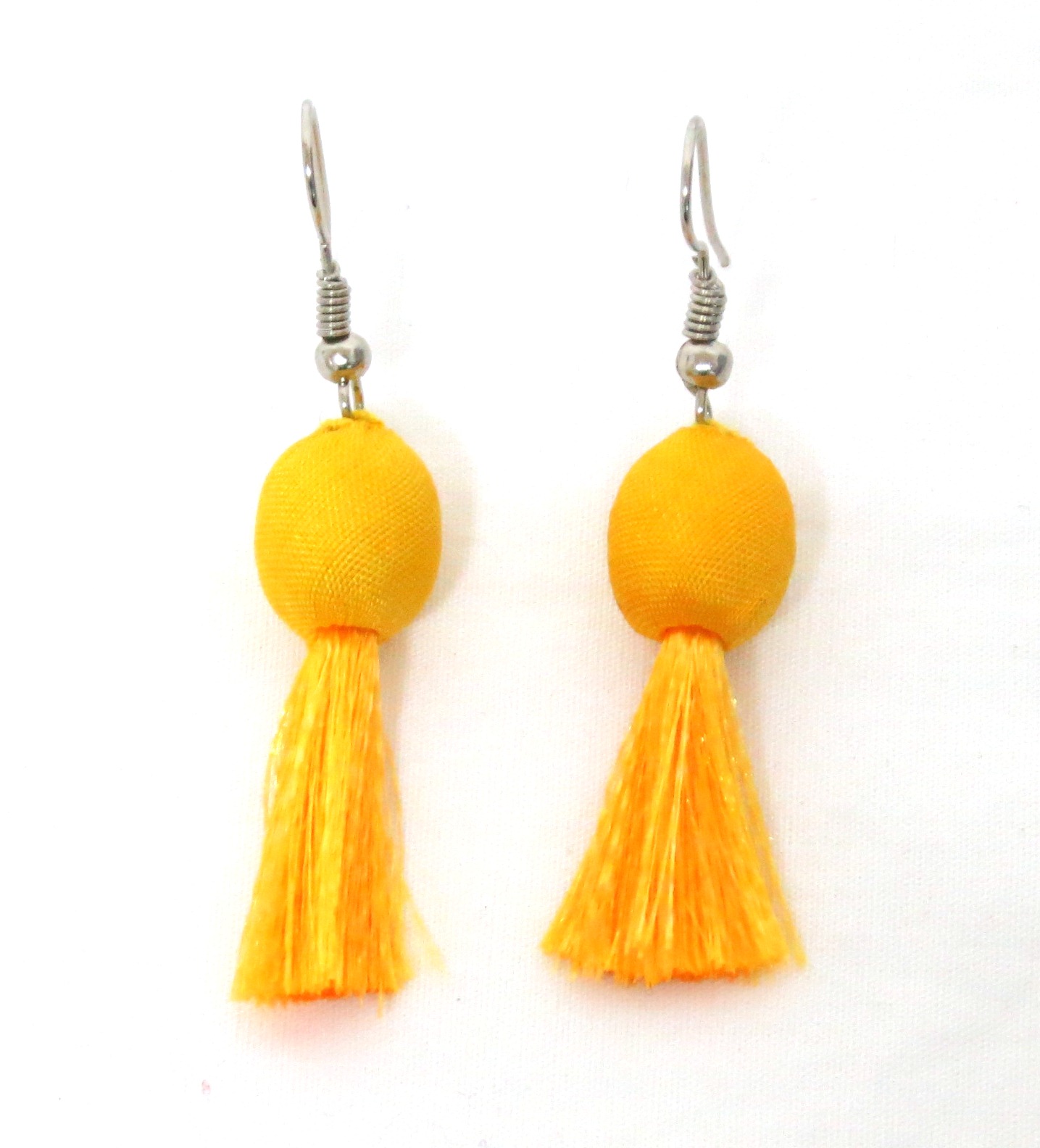
SJE-09Short Tassle Earrings |
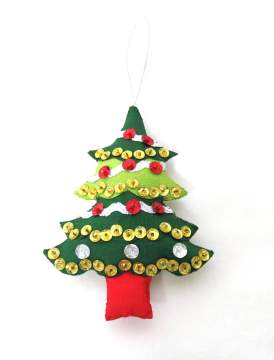
C-29Decorated Christmas Tree |
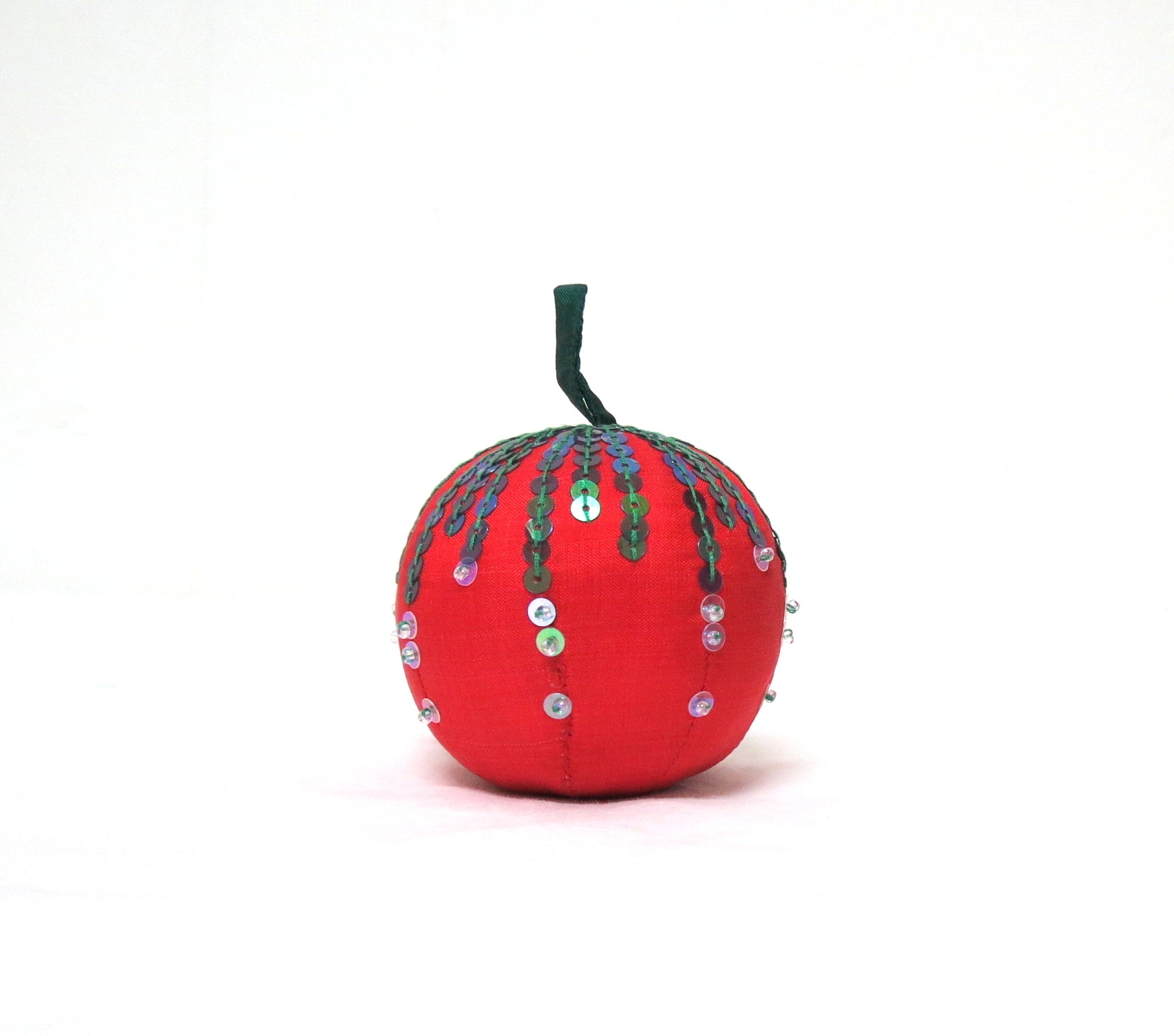
C-28Christmas Ball with Beads |
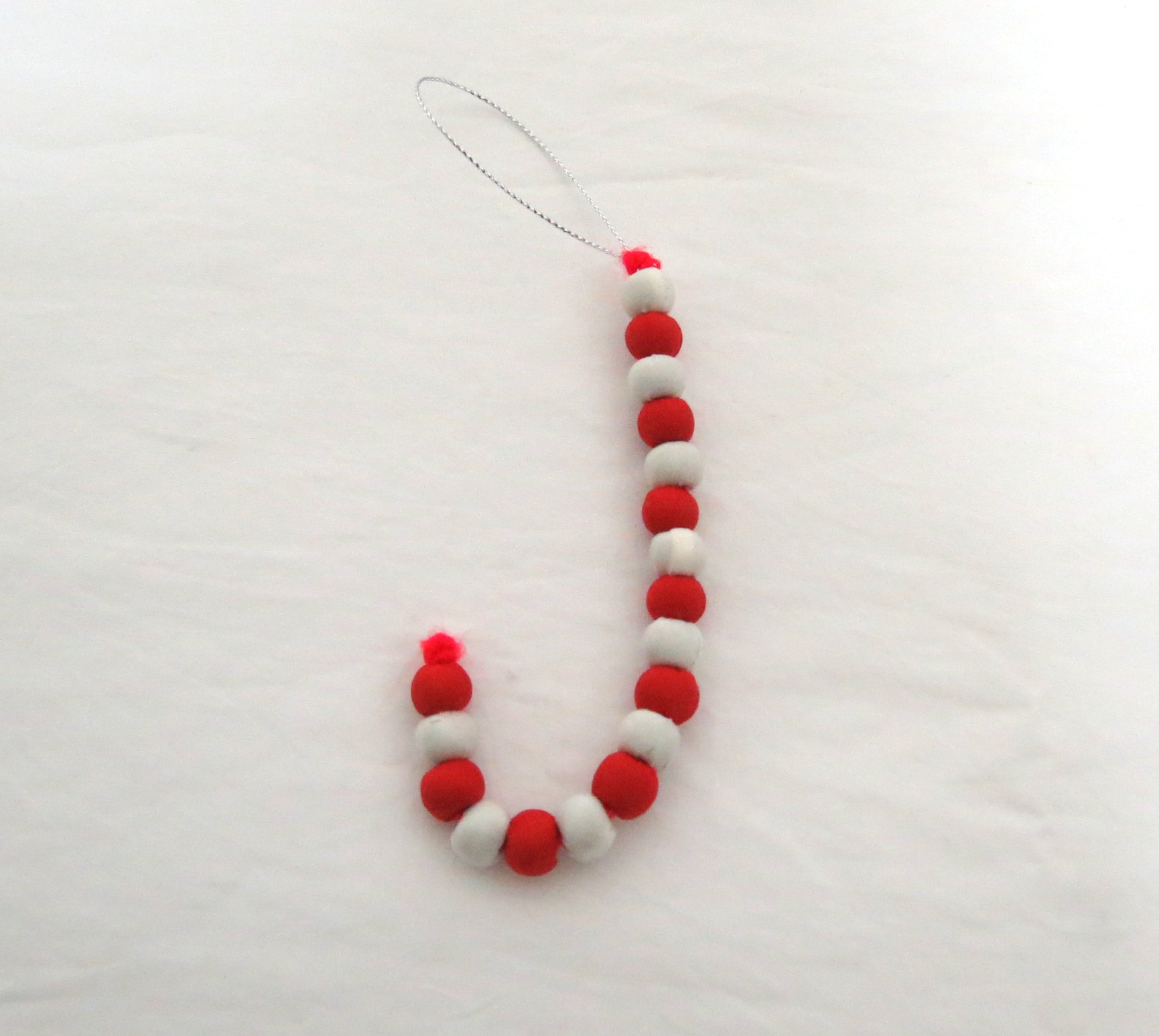
C-27Beaded Candy Cane |
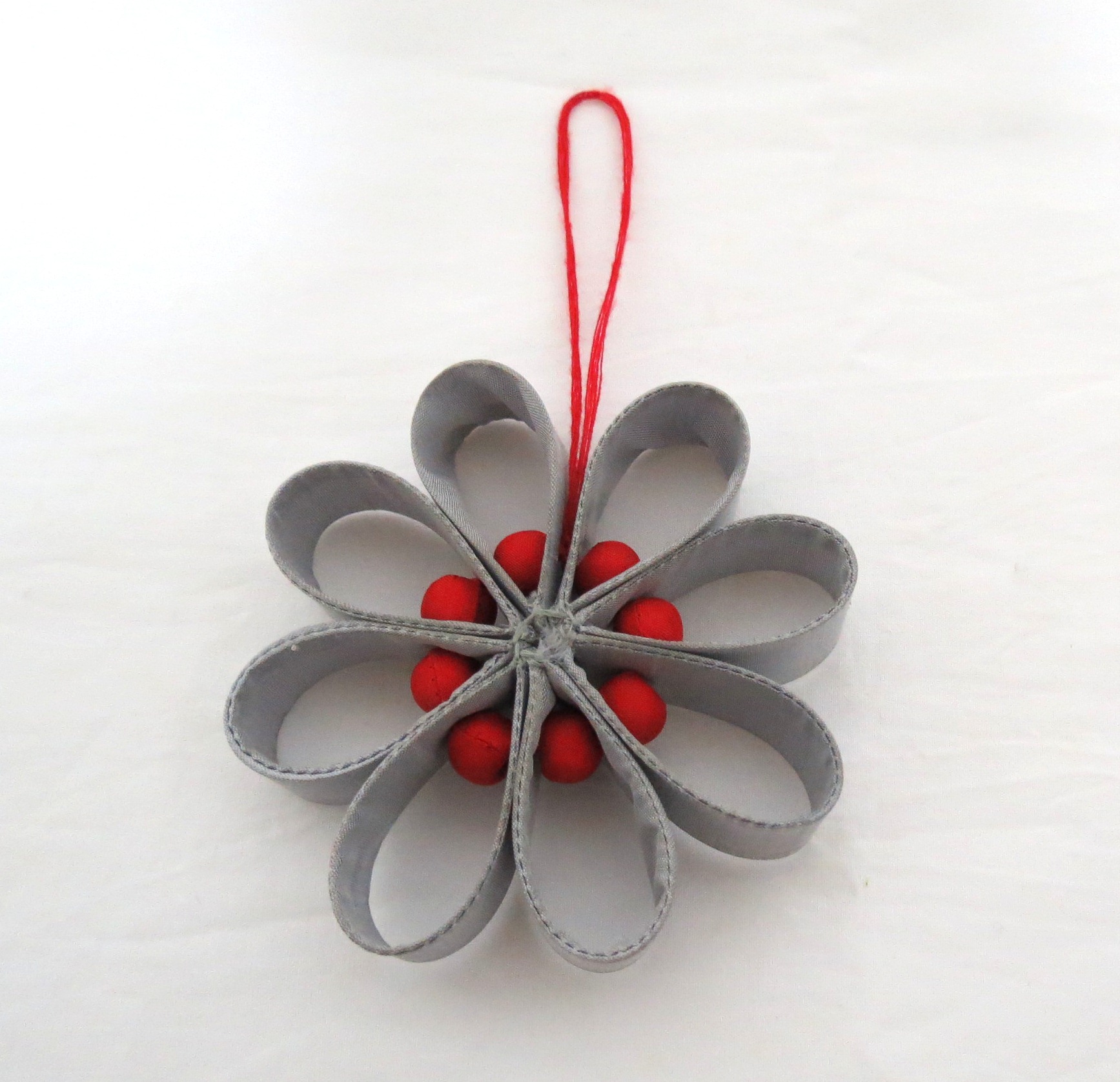
C-26Christmas Flower |
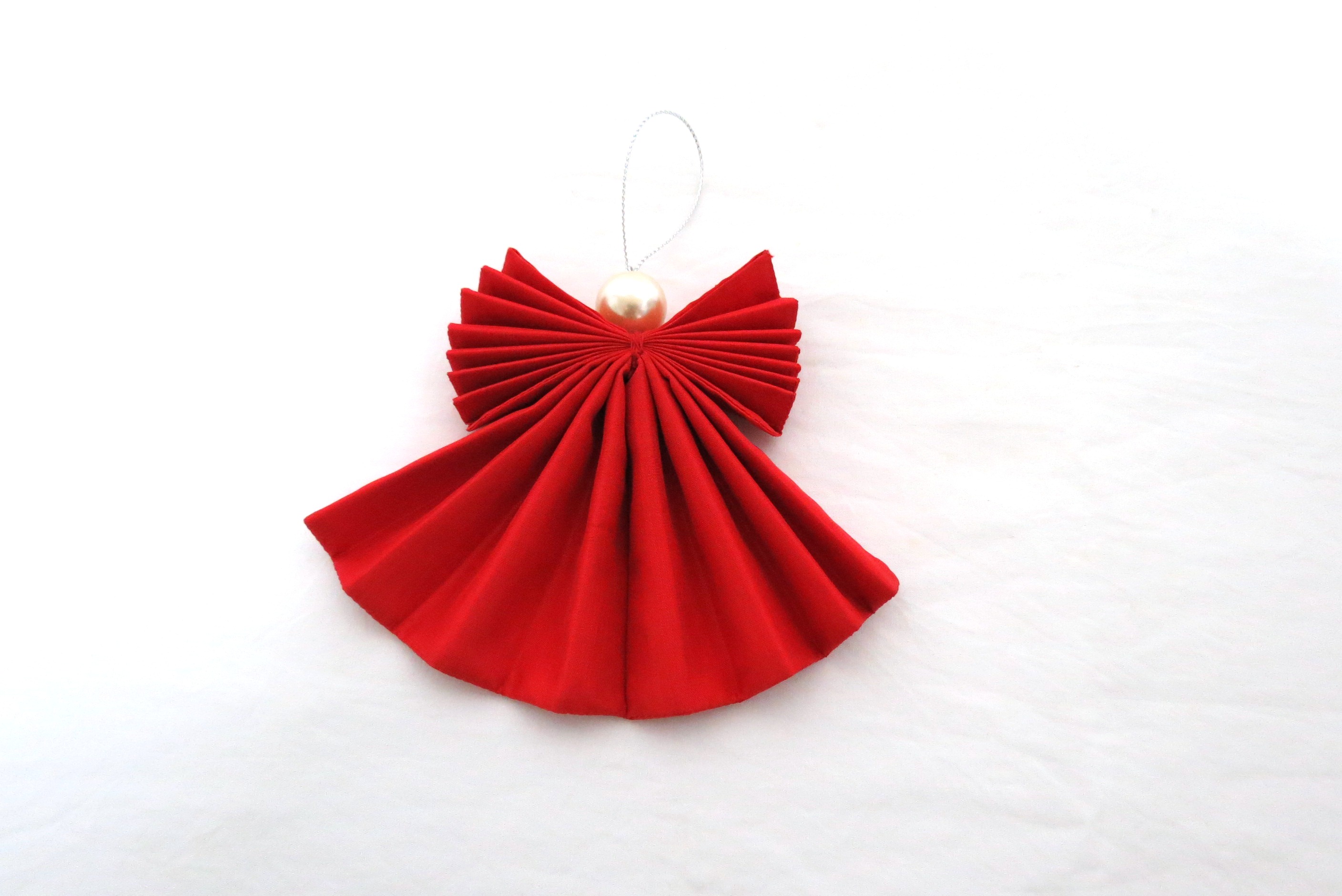
C-25Christmas Angel |
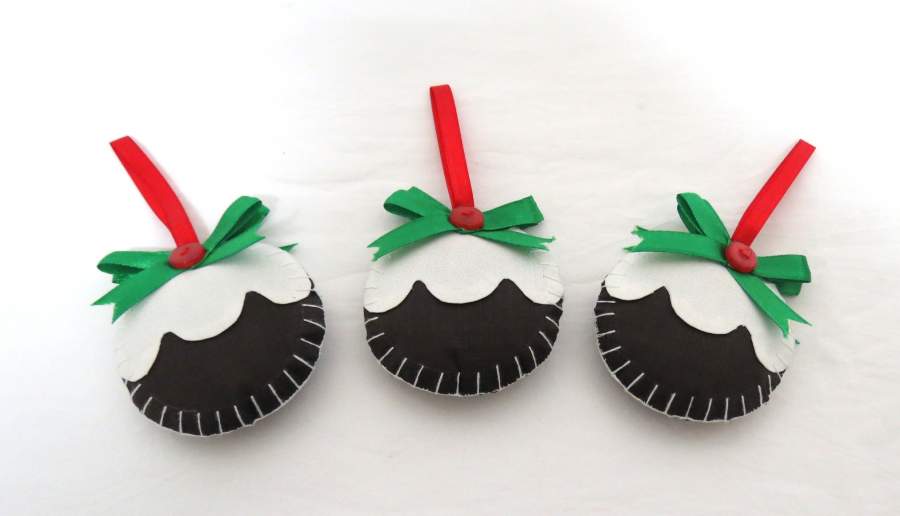
C-24Christmas Pudding Pkg of 3 |
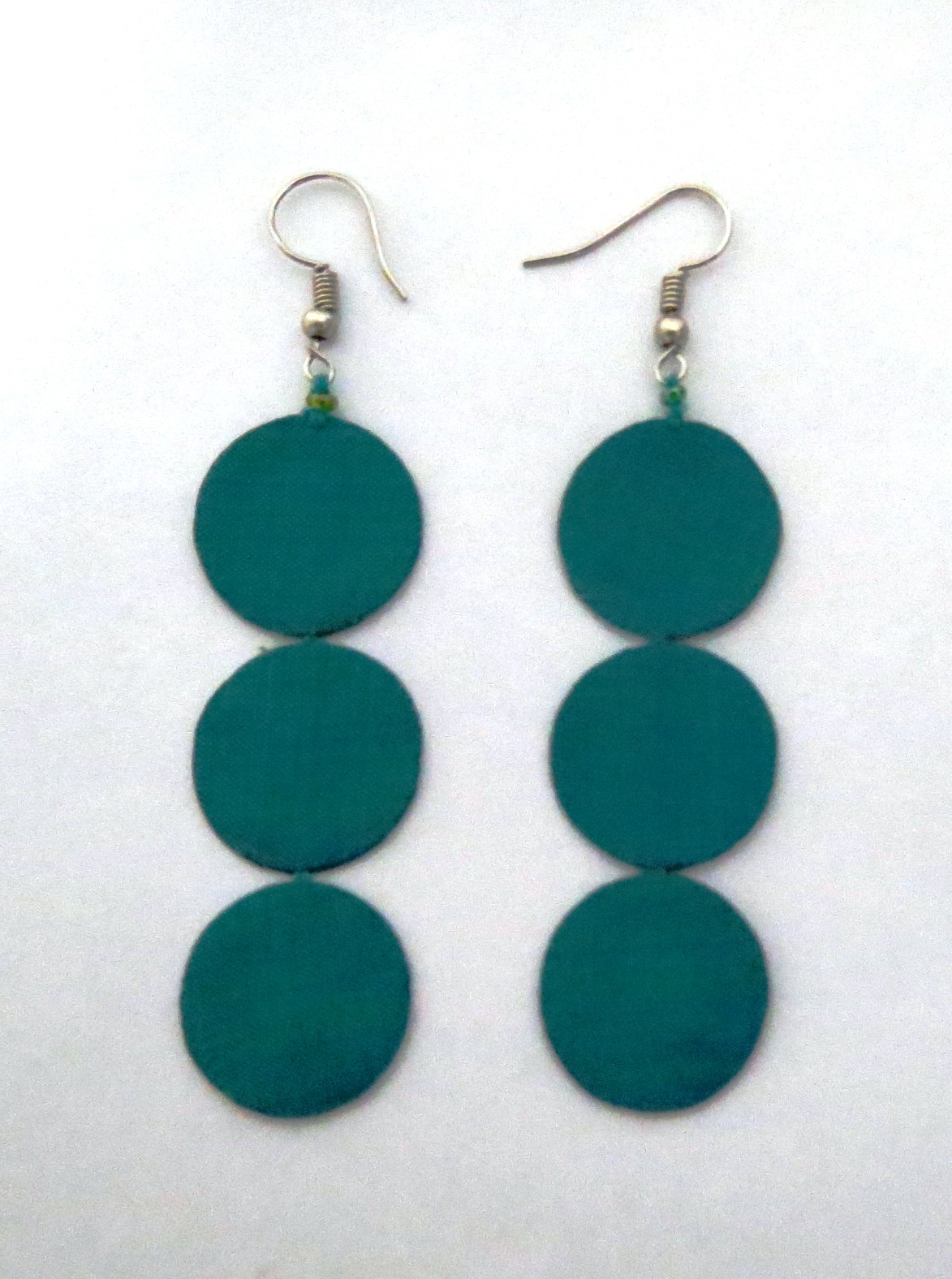
SJE-08Silk 3-rounds Dangling Earring |
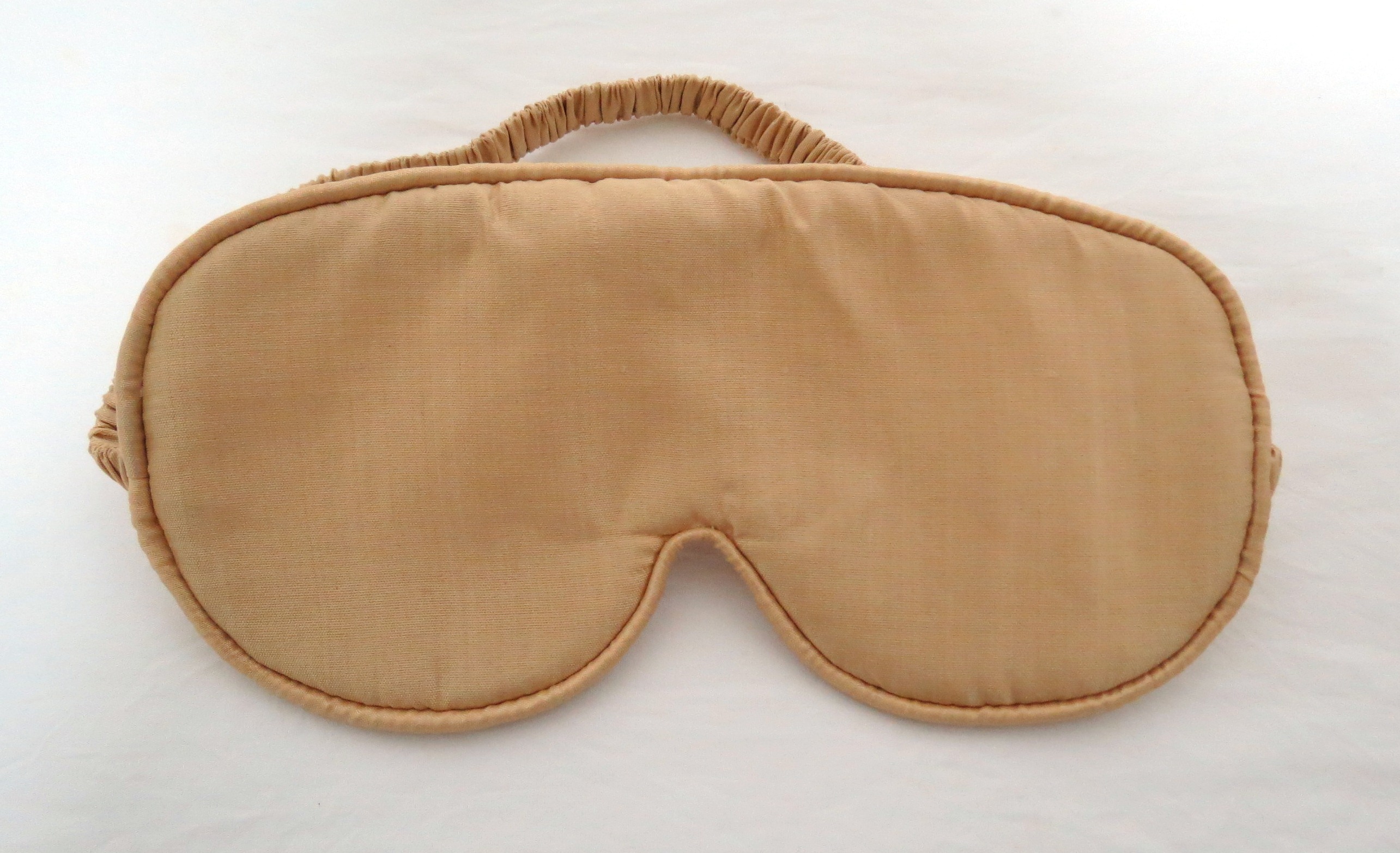
O-32Silk Eye Mask |
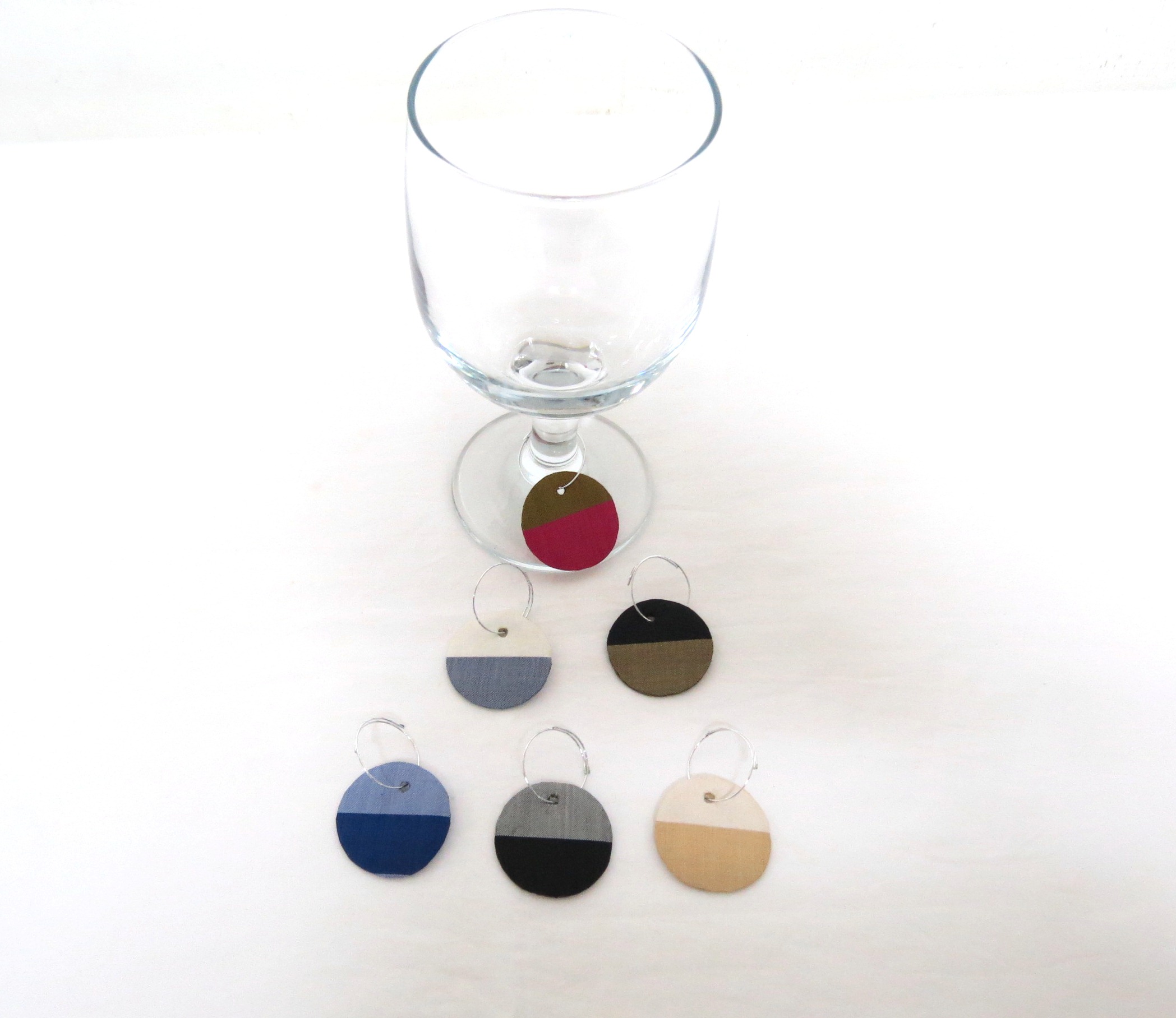
HO-1Wine Glass Rings - Pkg of 6 |
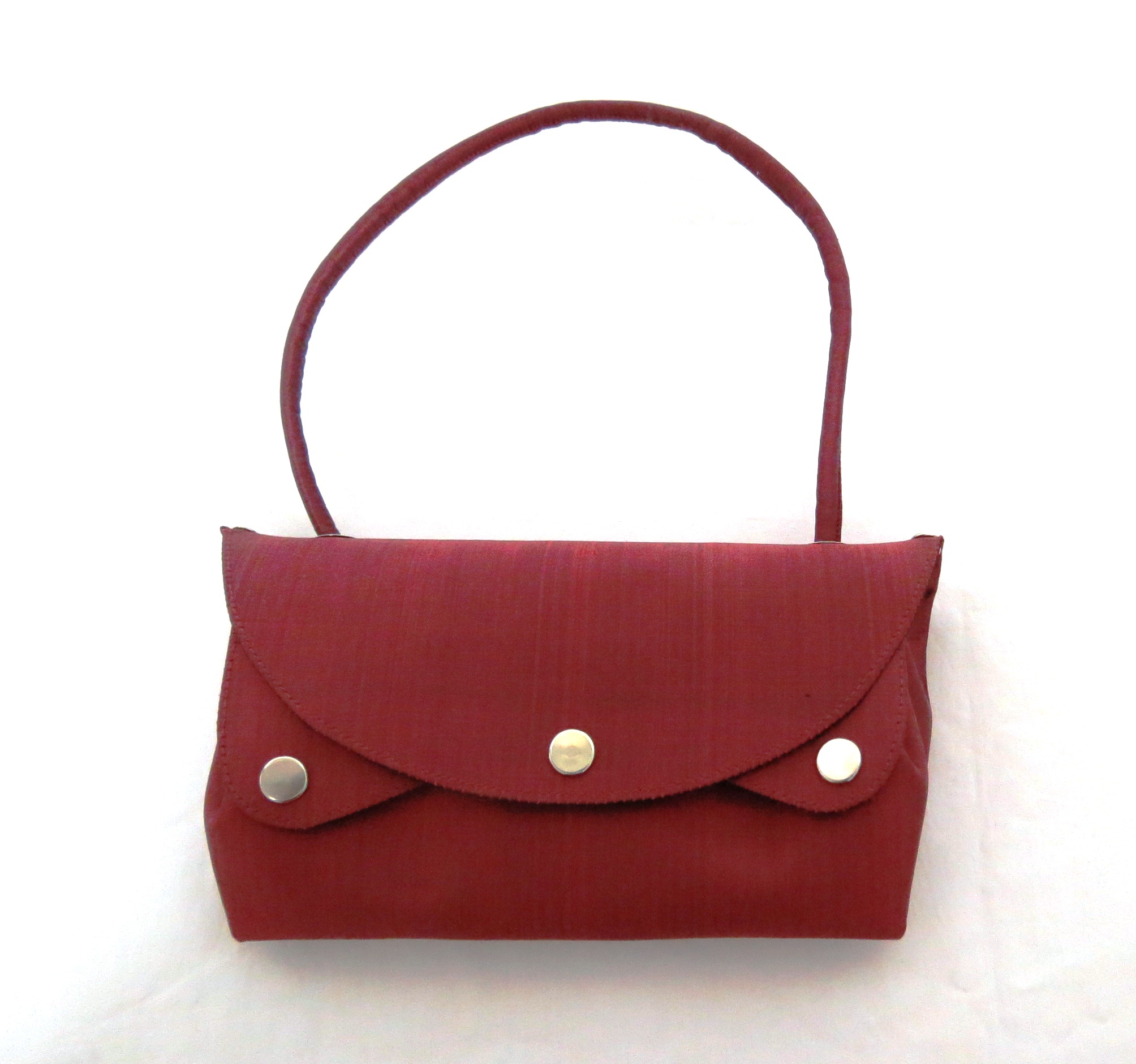
HB-128Norio Bag With adjustable strap |

SN-18Long Silk Necklace With Random Beads |

C-23Xmas Tree Pkg of 3 |
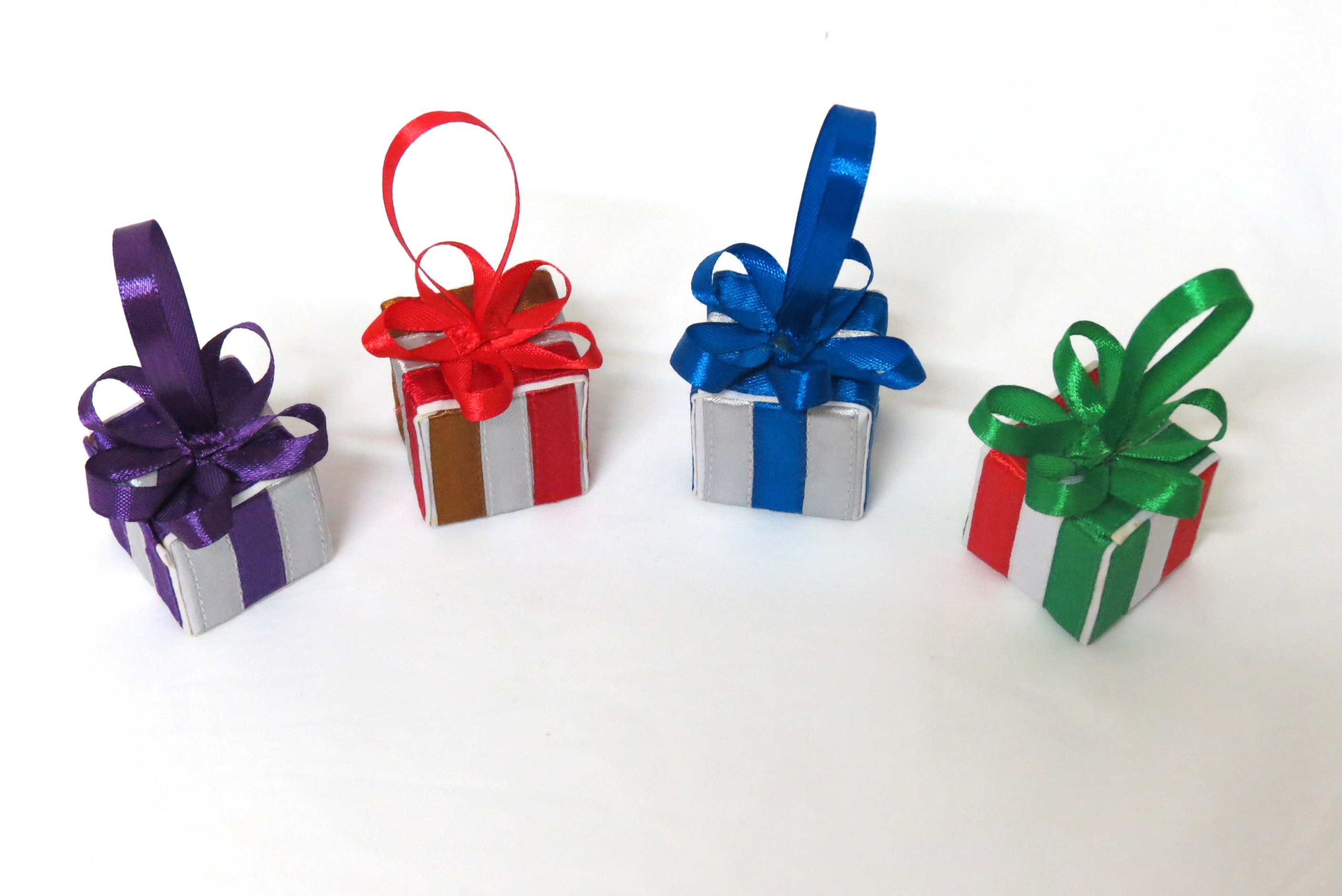
C-22Gift Box Pkg of 4 |
|
The Tabitha Cottage Industry programme is another arm of the Tabitha Cambodia integrated community development programmes. The handicrafts include traditionally hand dyed and woven silk and its manufacture into saleable items in a cottage industry environment. Tabitha Cambodia pays workers a fair price for all products, providing training, employment and income. The products are marketed worldwide and sell at very reasonable prices. 50% of product is sold through the shop at Tabitha Cambodia in Phnom Penh, while the other 50% is sold overseas. |
|
 |
How it worksCambodian Silk Weaving History According to Cambodian Legend, the art of silk weaving started when a doctor returned home to find his wife spinning out silk threads from her mouth. Astonished by what he saw, he stayed to watch her as she wove the silk threads into mosquito netting. When his wife saw that her secret was detected, she fled and killed herself. She was reborn a silkworm and multiplied. The doctor killed himself in despair and was reborn a mosquito. This is the reason silkworm’s must always be protected from mosquitoes with netting when they are fed the leaves of mulberry bushes. Cambodian Silk Weaving History In days gone by you could identify the silk weaving areas of Cambodia by the distinctive Mulberry trees present in the village. These trees provided food for the silkworms, from which the silk was cultivated. Today, Tabitha weavers must import silk thread from Vietnam and China. The raising of mulberry trees and the art of silk cultivation have almost been lost. However, the old traditions of dyeing and weaving silk have survived the test of time. |
 |
The Process of Making Silk The young silkworms love mulberry leaves. They eat and eat and eat for about 3 weeks. Then the cocoon is spun. The silkworm then secretes its saliva into a steady stream of liquid silk, coated with sericin. This hardens on exposure to air. It takes 36 hours for the cocoon to be completed. The worm is now very tired and rests. The cocoons are moved from trays to branches which will make the cocoons more uniform in shape and easy to collect. |
 |
Carding the Thread This is a very labour intensive task in which the cocoons are immersed in hot water to kill the chrysalis. It requires considerable skill to hand-reel the silk thread (around 400metres per cocoon) into a uniform strand of raw silk without breaking it. The yarn is then twisted into manageable size skeins ready for washing and dyeing. Washing and Dyeing the Silk Skins The silk skeins are plunged into boiling water to remove the thick sericin coating. Now they are ready to be dyed with wonderful colours. The silk is then dyed using natural or chemical dyes. The yarn is then swung and thrust in a whip like fashion to help the colour permeate through the silk thread. Finally the threads are hung out in the sunlight to dry. |
 |
Spinning the Thread The dyed silk thread is spun by hand onto bobbins and spools of differering sizes ready for the setting up of the loom. This task is usually carried out underneath the village houses and often all members of the family are involved in some way… Setting up the Loom Threads are loaded for the warp. This can often take longer than 1 week. |
 |
Weaving the Silk The silk thread is finally woven into plain or patterned silks. It takes one day to weave 1 metre of plain coloured silk. Patterned silks take longer depending on the complexity of the pattern. Weaving is only carried out by the most experienced. It is a skill that is passed from generation to generation – grandmothers teach mothers and mothers teach daughters the art of weaving. |
 |
How the Weavers Sell their Silk Back in 1994 when Tabitha Cambodia started, the silk weaving industry in Takeo Province had just about died out because of the long years of war and genocide. Tabitha began supporting these weavers by buying the finished bolts of silk. |
 |
Community Development through Family Savings Tabitha Cambodia works with poor villages and supports them via a savings program. This enables participants to progressively change their standard of living. Tabitha’s presence in Takeo has helped them to re-establish their silk weaving industry. |
 |
Tabitha’s Sewers and Showroom Tabitha employs sewers from displaced and squatter communities in and around Phnom Penh who manufacture a range of silk craft and home wares products. The majority of these women are ex street women – women who have been sold into the sex trade when they were young. For many, the contracting of AIDS and STDs had been a heavy price to pay. |
 |
The silk reflects the inner beauty of these women. It allows them to work with dignity and pride – it allows them to produce goods of great beauty that can be sold all over the world. Tabitha’s Results Thanks to the Tabitha projects, women have been able to pay for livestock, bicycles, education, health services, and materials to build houses and other essentials. In addition to the economic benefits, families have also achieved a better quality of life. Families have become confident and empowered to change their lives. Many of the women have been able to retrieve their children back from others who took them away. The physical and emotional abuse their suffered by all of them in their family settings has dropped from a high of 90% to less than 2%. |

